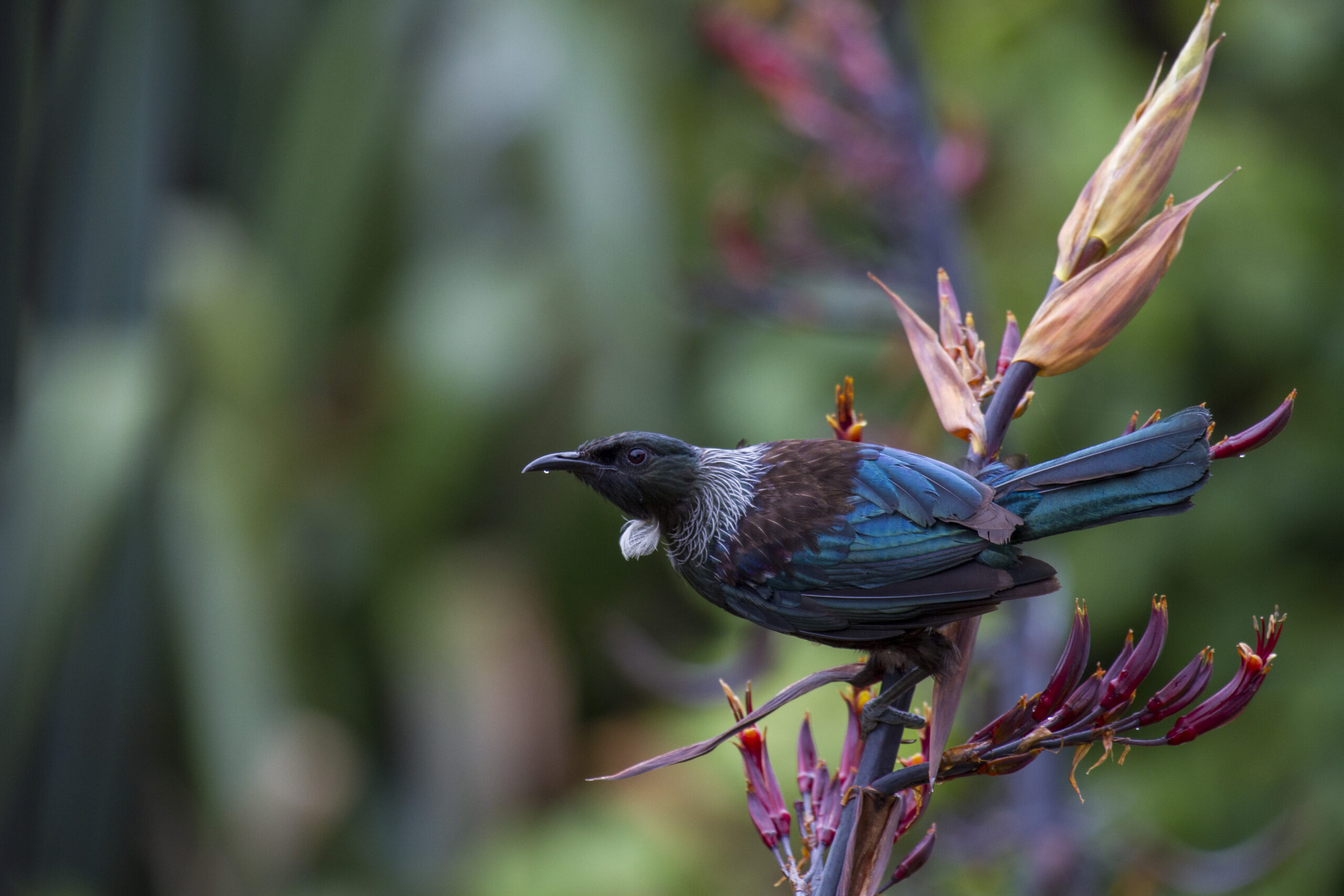
Bring Back the Birds!
It’s true that we do have a lot of birds in Wainui, in particular, Bellbird and Wood Pigeon, but there used to be more, a lot more.
Descriptions by many settlers record the density of birds living in the forest. One early Peninsula settler reminisced about “the darkening of the sky” when huge flocks of kereru (wood pigeon) came to feed on the matai, kahikatea and miro berries.”
Today, very few of these original species exist in our valley, or for that matter anywhere on Banks Peninsula. They are slow growing and most were cut down. But with short term strategies and a long term vision we can help restore their habitats.
Bringing back the birds, and the lizards, and everything else, in principle is a simple equation. We need to …
1. Remove their Predators
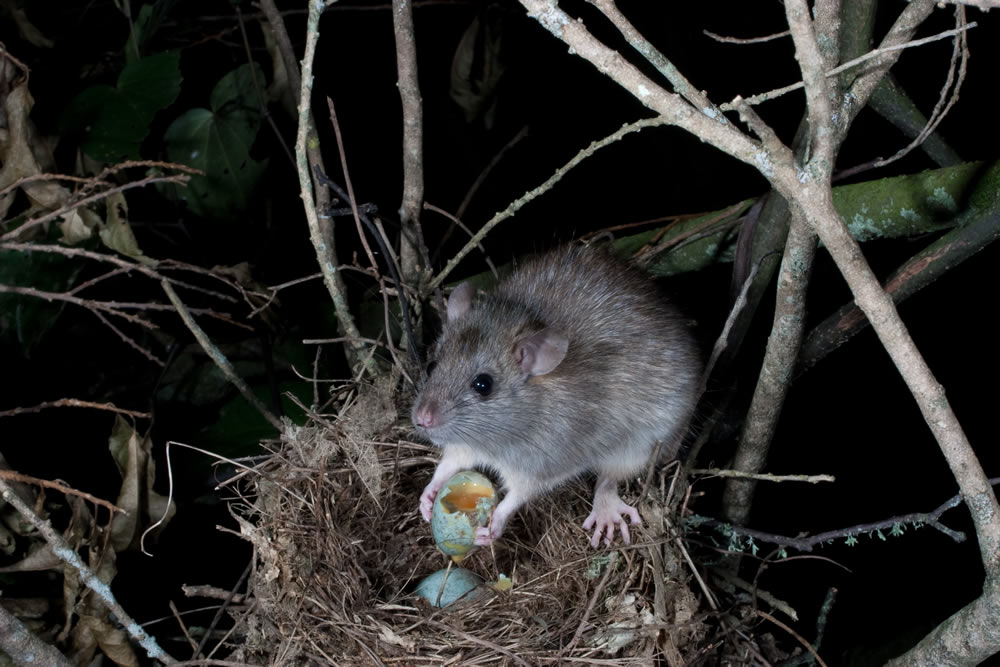
The introduction of predators meant that no bird was safe, regardless of whether it nestled on the ground, or in trees. Removing predators gives them a chance.
2. Restore their Habitat
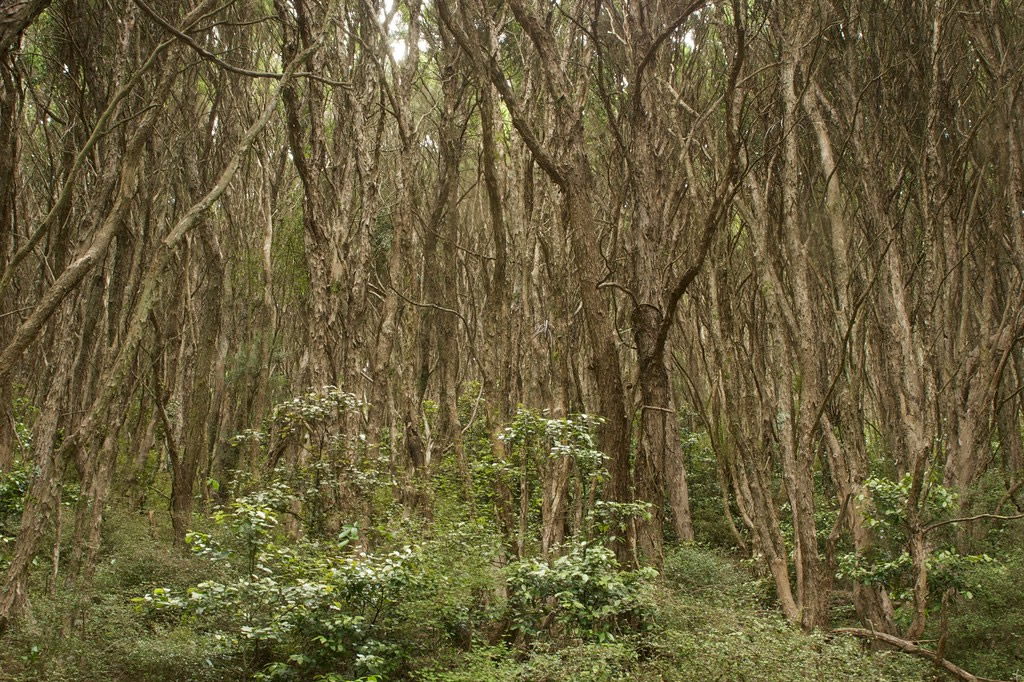
Habitat loss has essentially “removed the home” for many species, birds and insects alike. By replanting natives we can help restore an environment that will encourage their return.
What did it used to be like?
During the 1850s ornithologists such as Walter Buller and Thomas Henry Potts reported that the old growth forests of Banks Peninsula supported some of the most prolific birdlife found anywhere in New Zealand. In 1859 Buller found saddleback to be “very abundant” and brown creeper to be “particularly numerous”.
He also recalled “counting upwards of 20 kākā at one time on the Port Hills” (1888). In 1869, Potts reported that prior to the destruction of the Peninsula forests, kōkako “once abounded” in the neighbourhood of his home near Governors Bay.
So now?
On Banks Peninsula land clearance resulted in local extinctions and the retreat of many native bird species to isolated wooded gullies. Few natives were able to adapt to the human created urban and farming landscapes and these environments instead became dominated by an assemblage of exotic bird species.
Since the mid 1980s there has been a remarkable comeback in bird populations, in part due to habitat restoration. Pests however remain a significant issue, so here’s some idea of what challenges our birds and insects face.
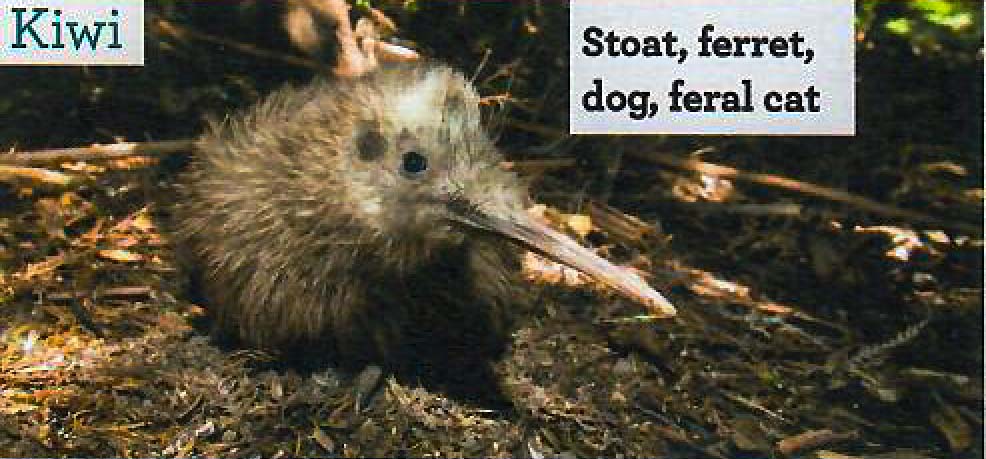
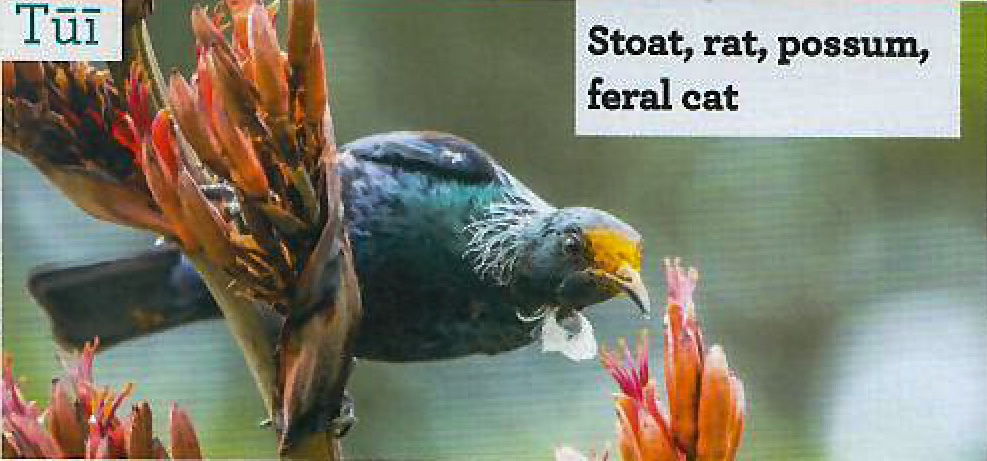
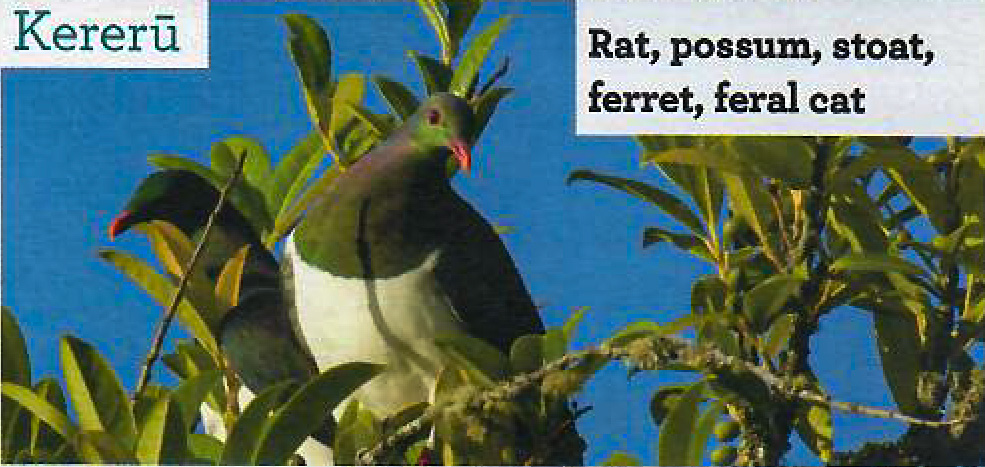
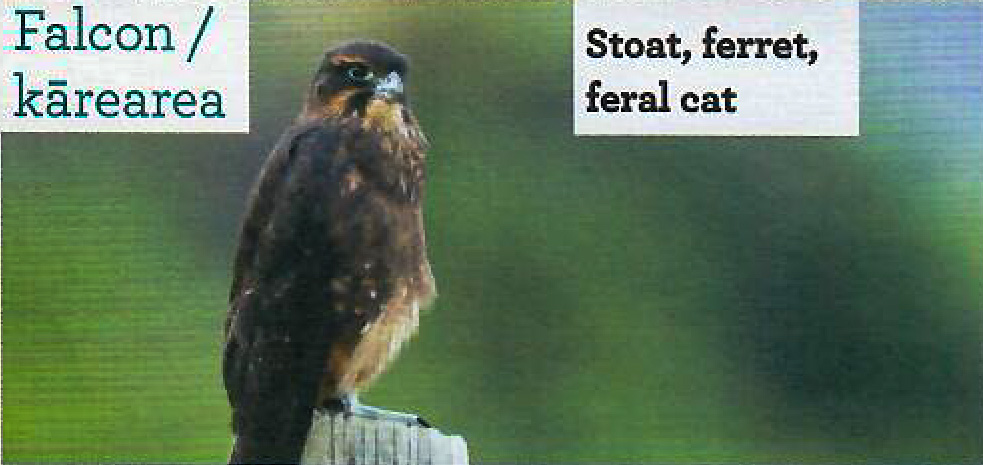
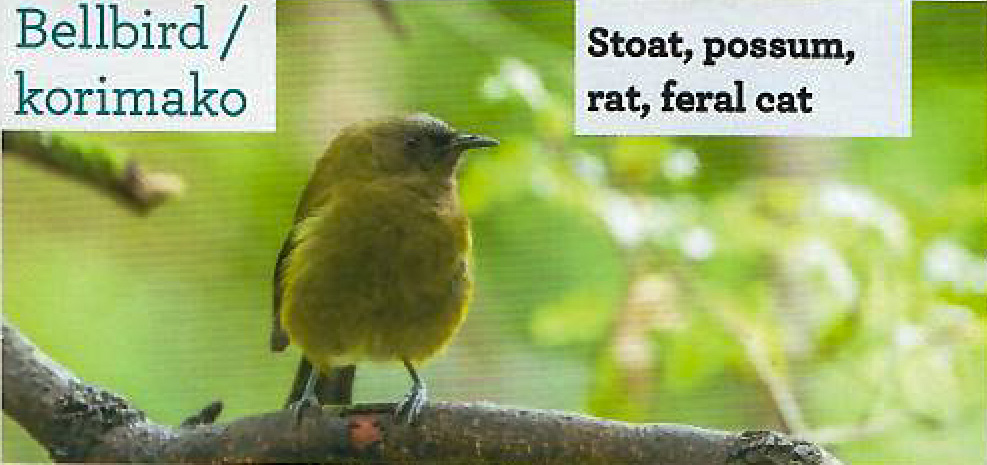
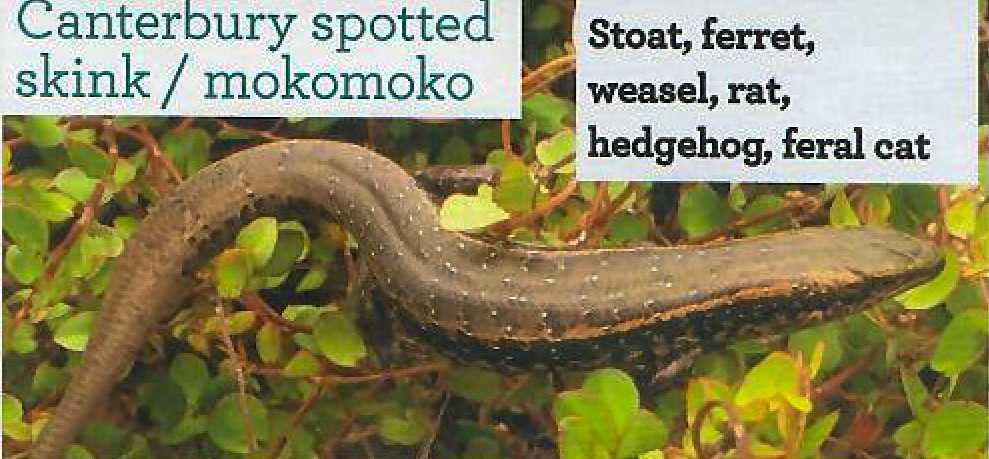
What can you do?
It might be that killing pests isn’t your thing! If not, but you’re still keen to make a difference, there’s still plenty you can do; such as creating better places for birds and invertebrates. Reducing weeds and replanting natives will each make a huge difference by giving our wildlife a better home.
reducing Weeds
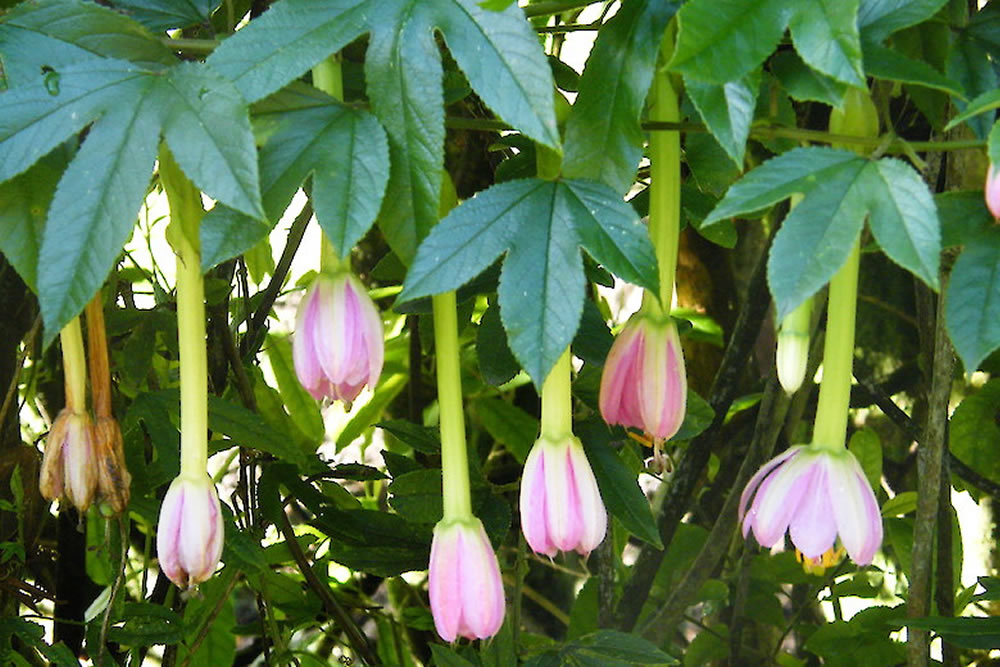
Invasive weeds smother native forest, bush or the ground and prevent native seedlings from regenerating. Removing weeds gives our native vegetation a chance to return to its natural state and provide a home for bird and insects.
removing Pests

The impact of introduced predators has had a devastating impact on many native species, with a massive decline in numbers or, sadly, extinction. Removing pests is the #1 way to help revive our native birds, insects and invertebrates.
replanting Natives
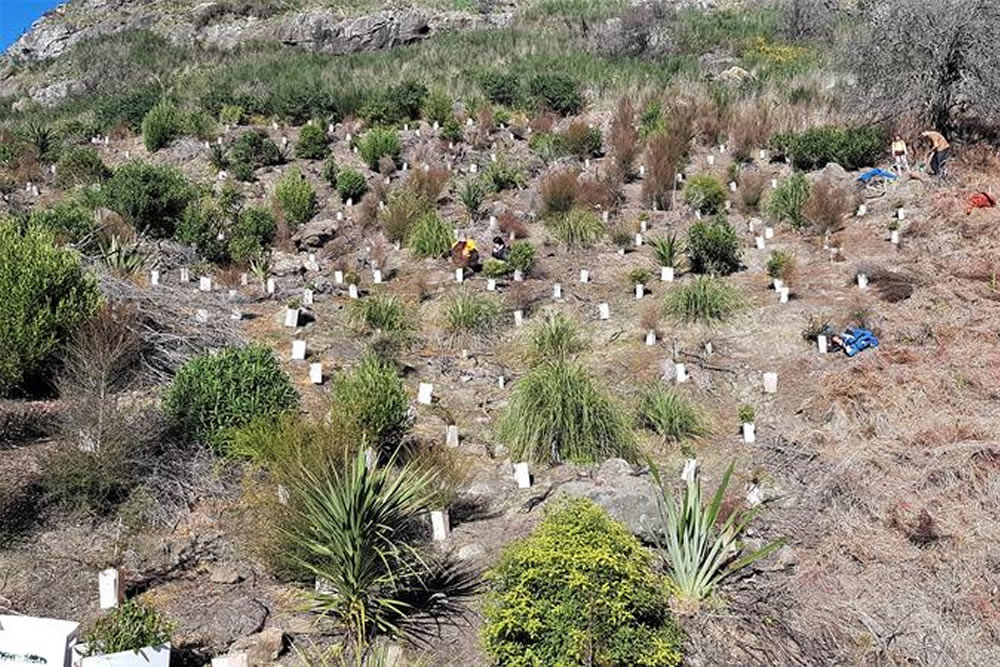
Banks Peninsula was covered in a rich and diverse forest that supported an abundant bird and animal population. Regeneration of their “home” is an important step in helping these populations return.
Let’s work together to help reWild Wainui!
Join our community initiative to reduce Weeds, remove Pests and replant Natives.